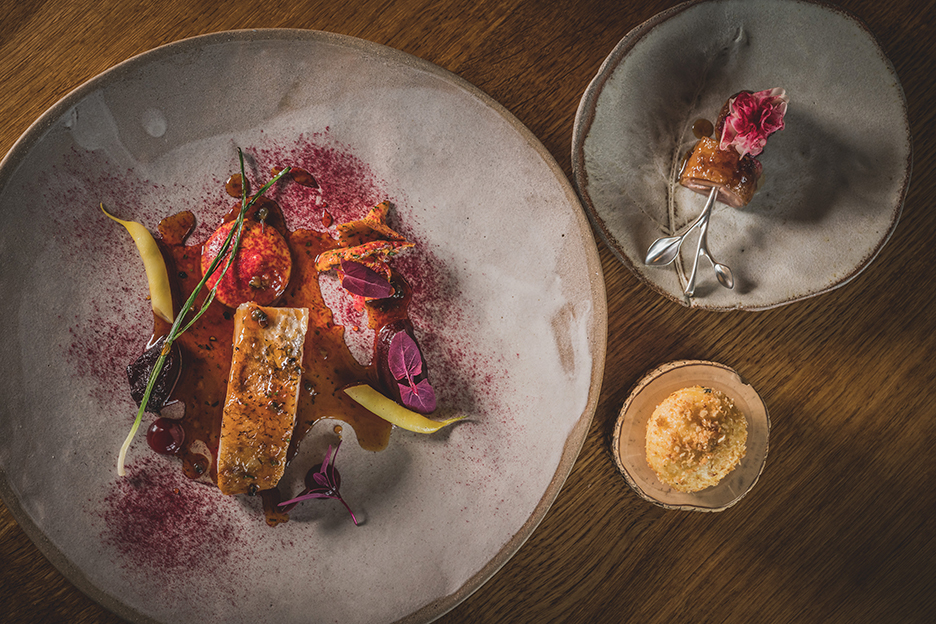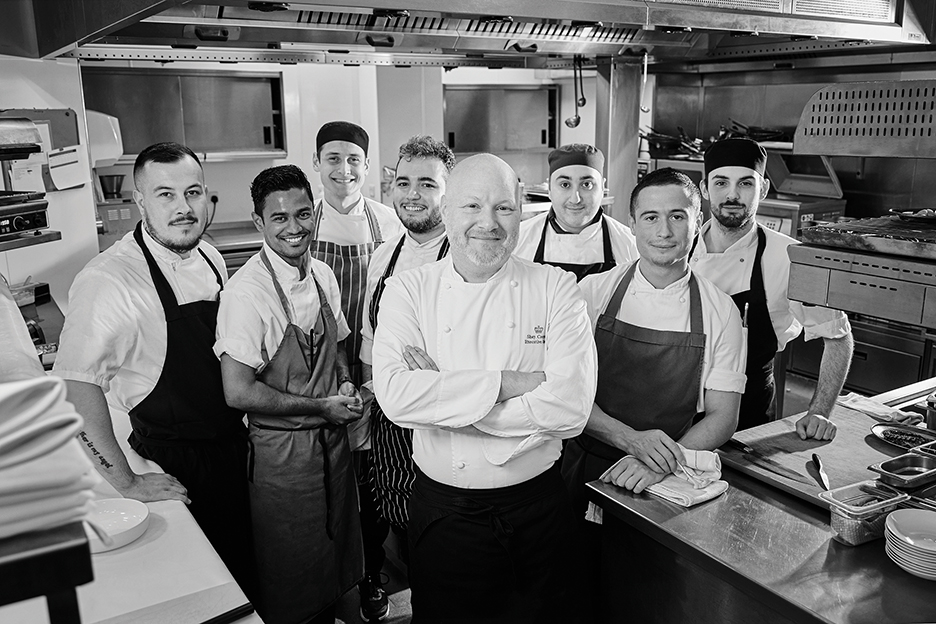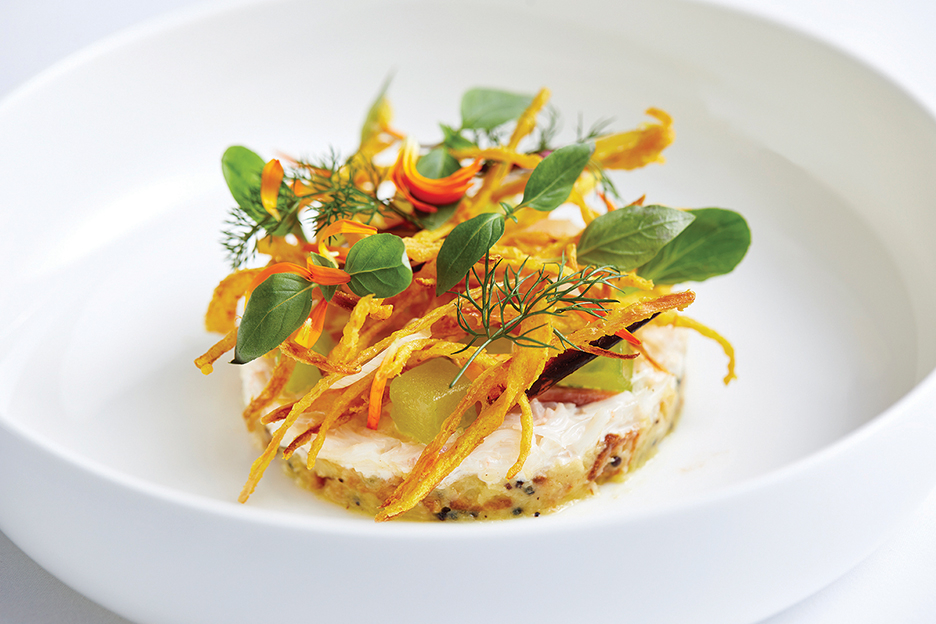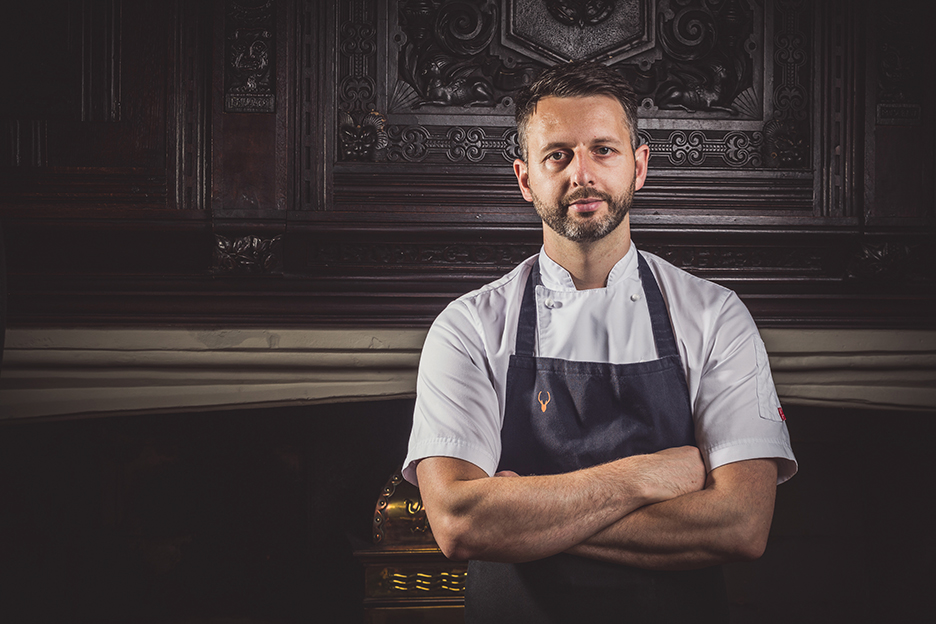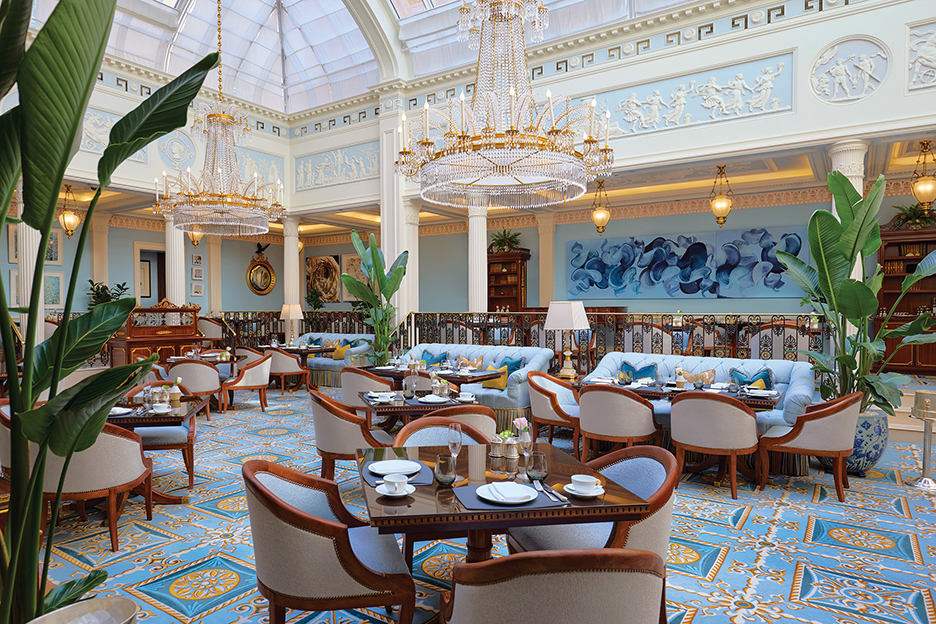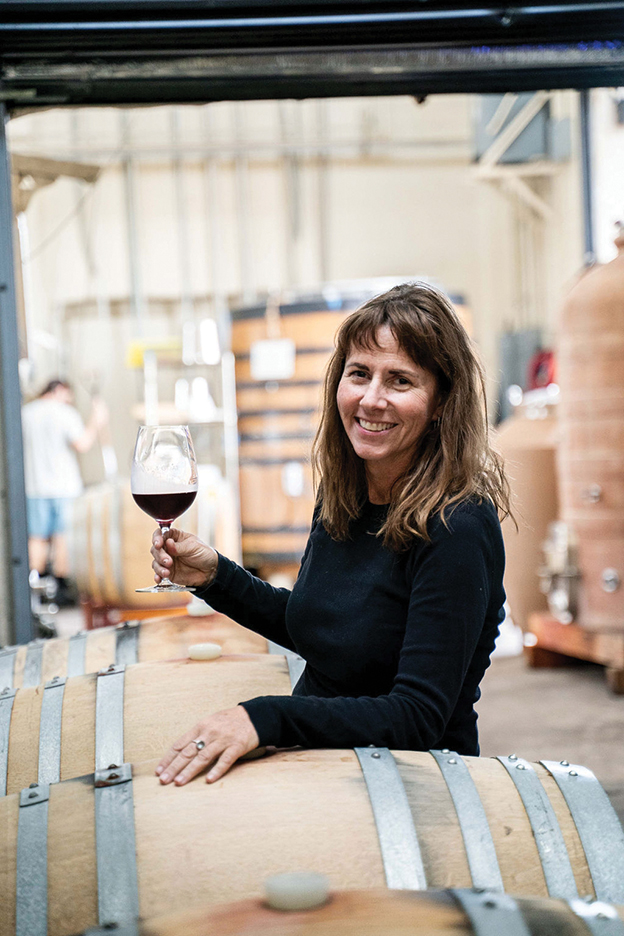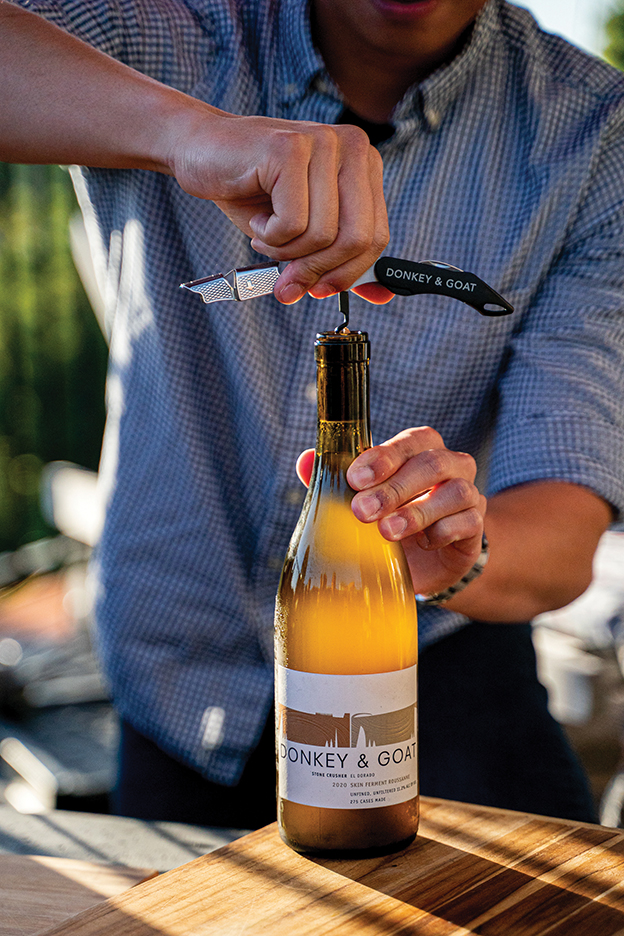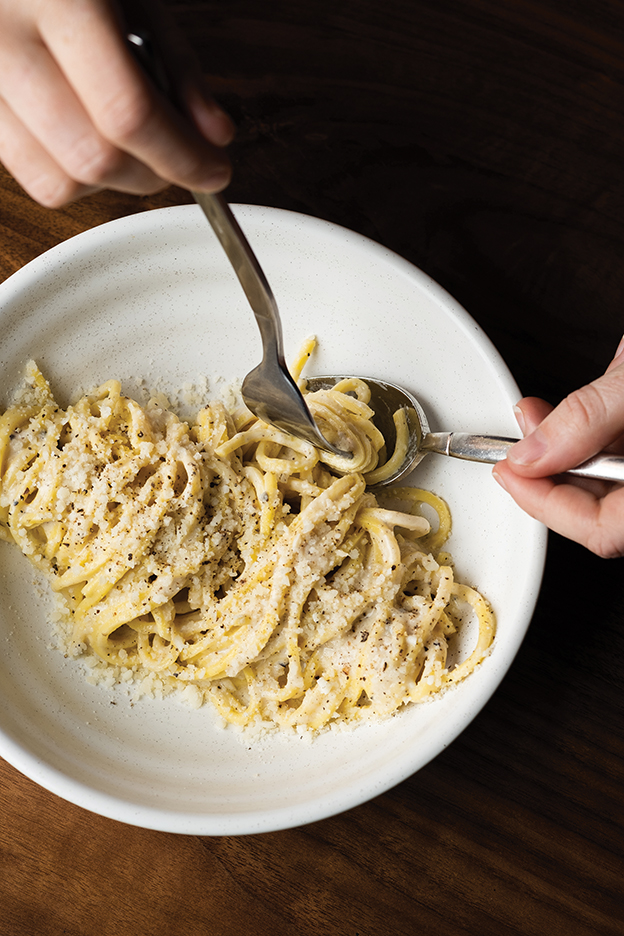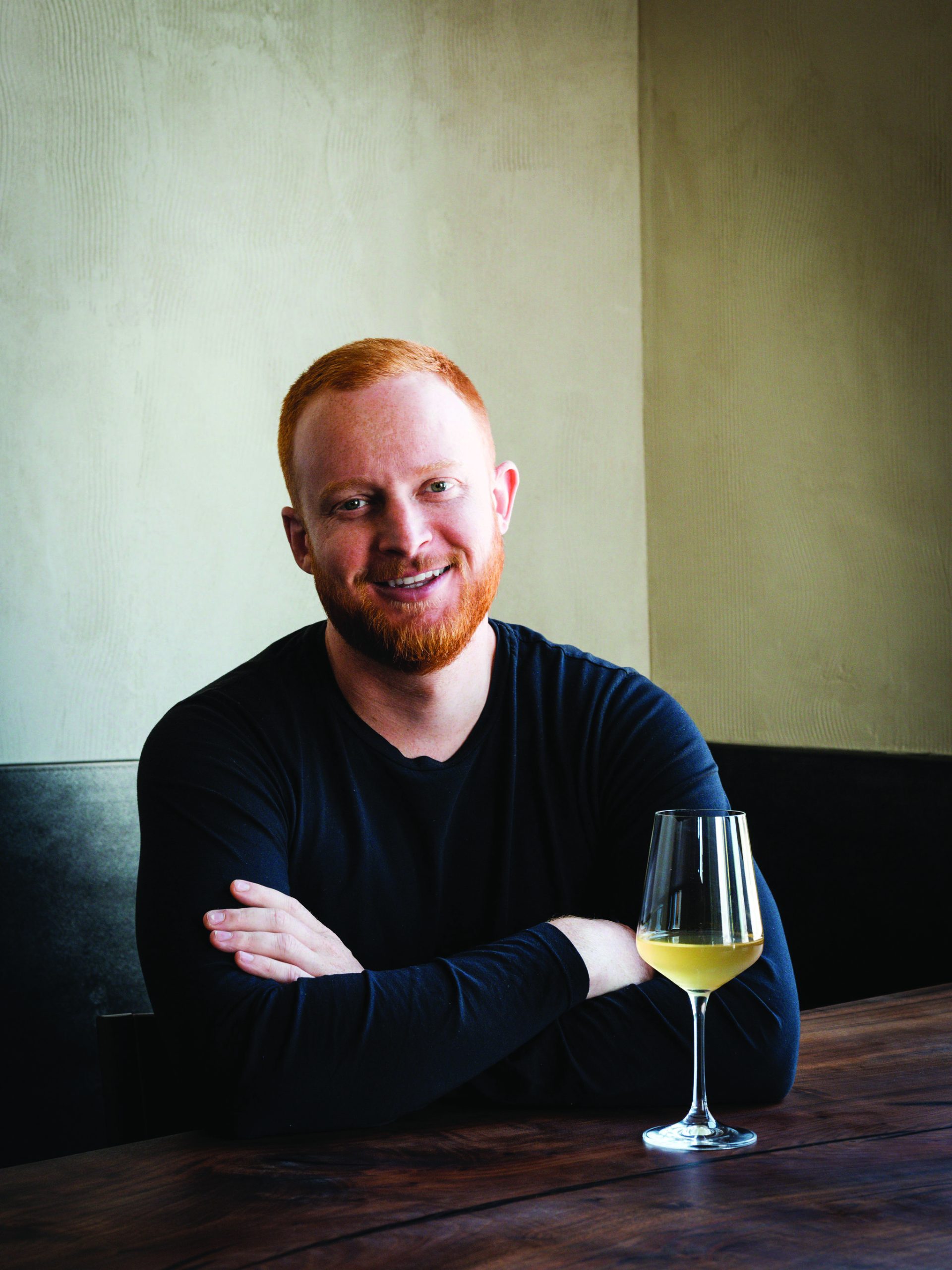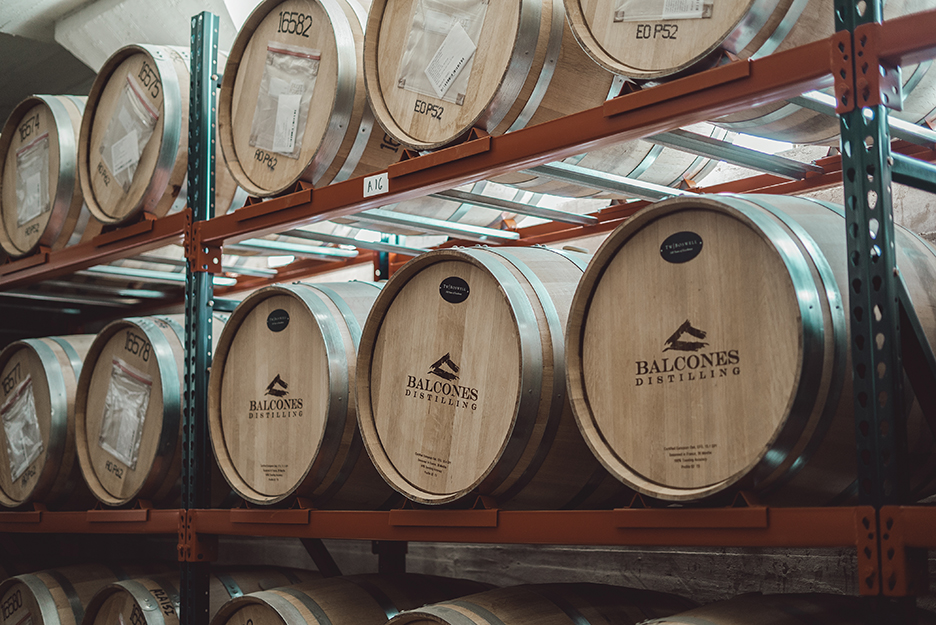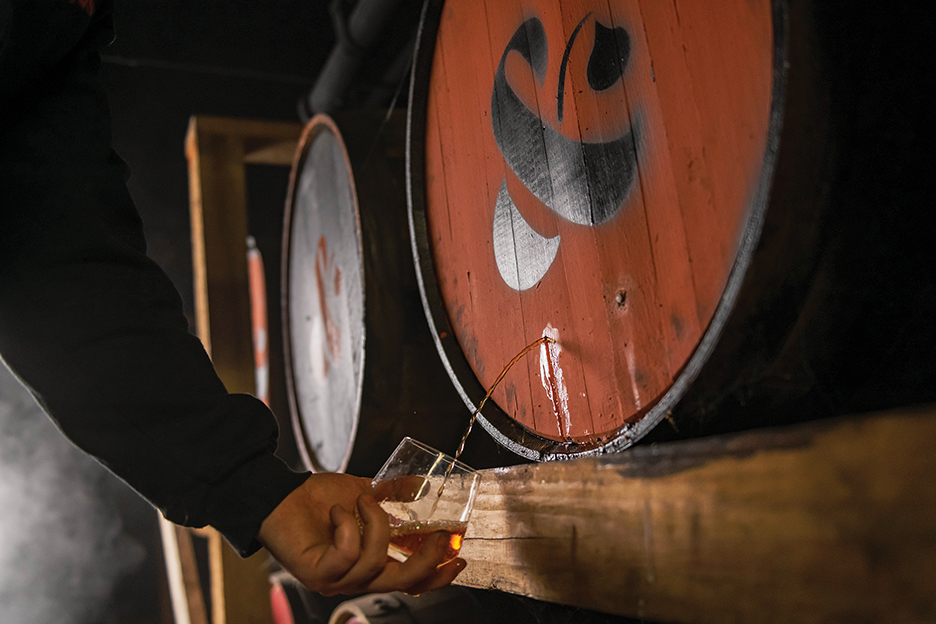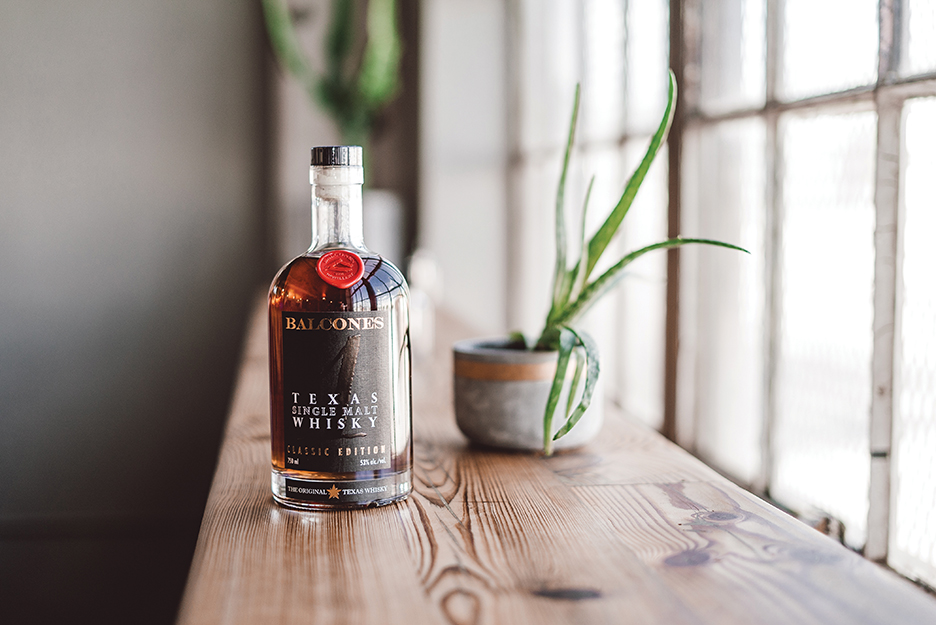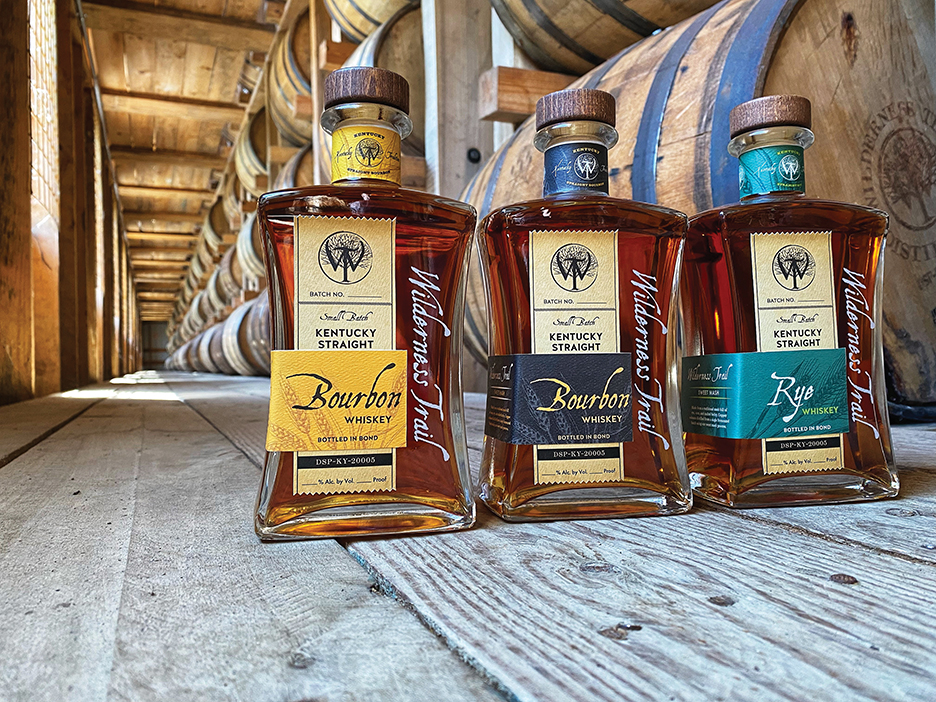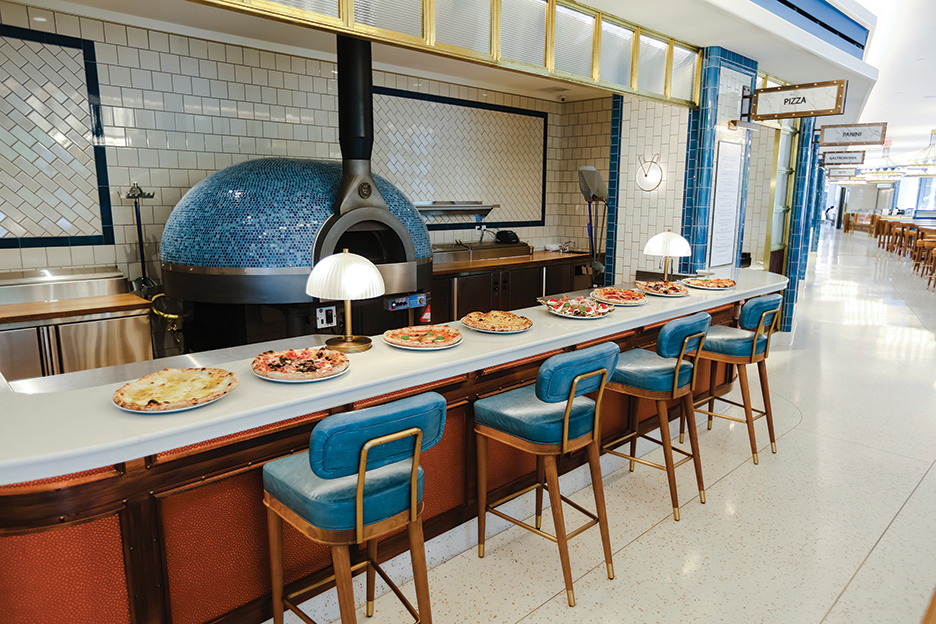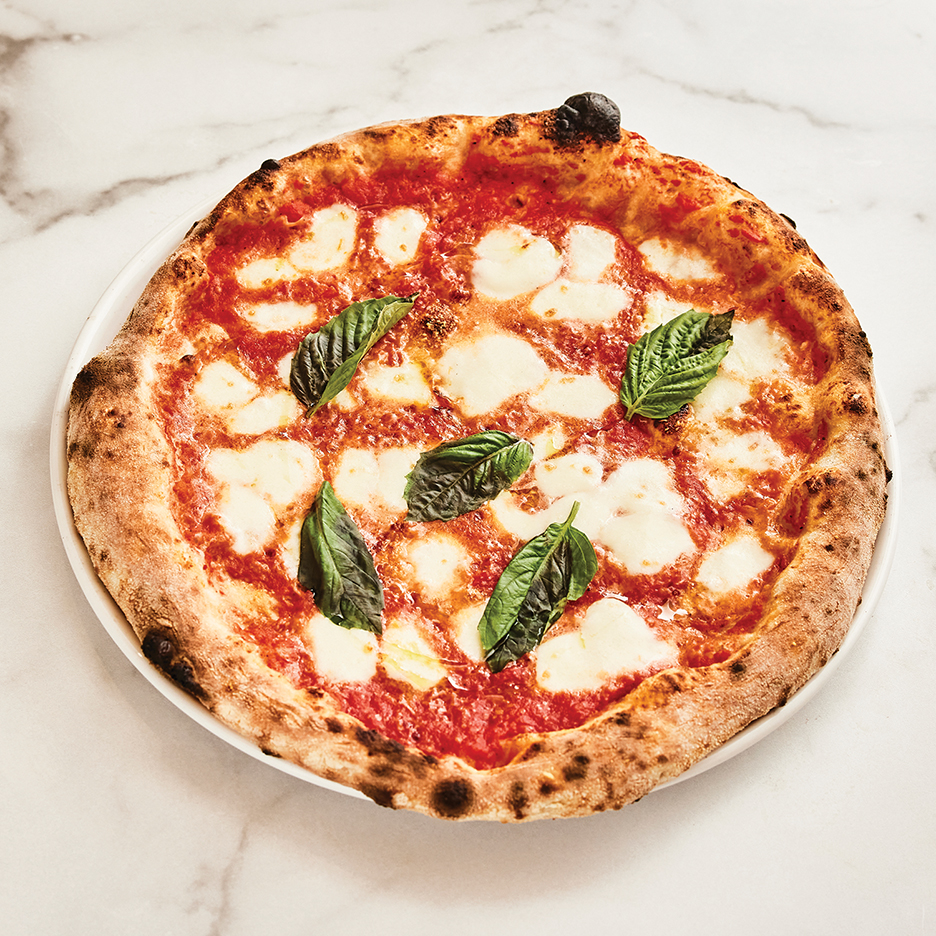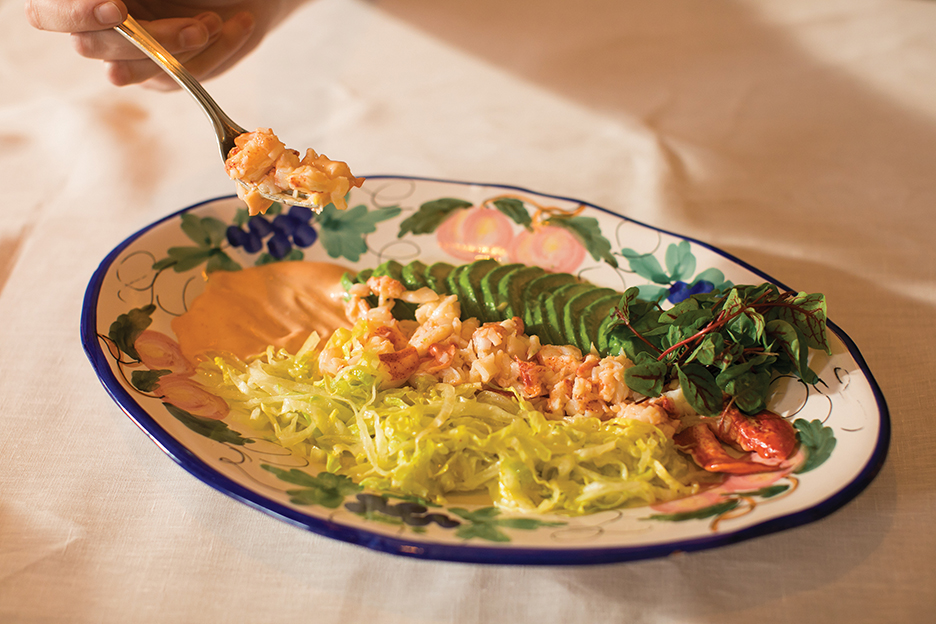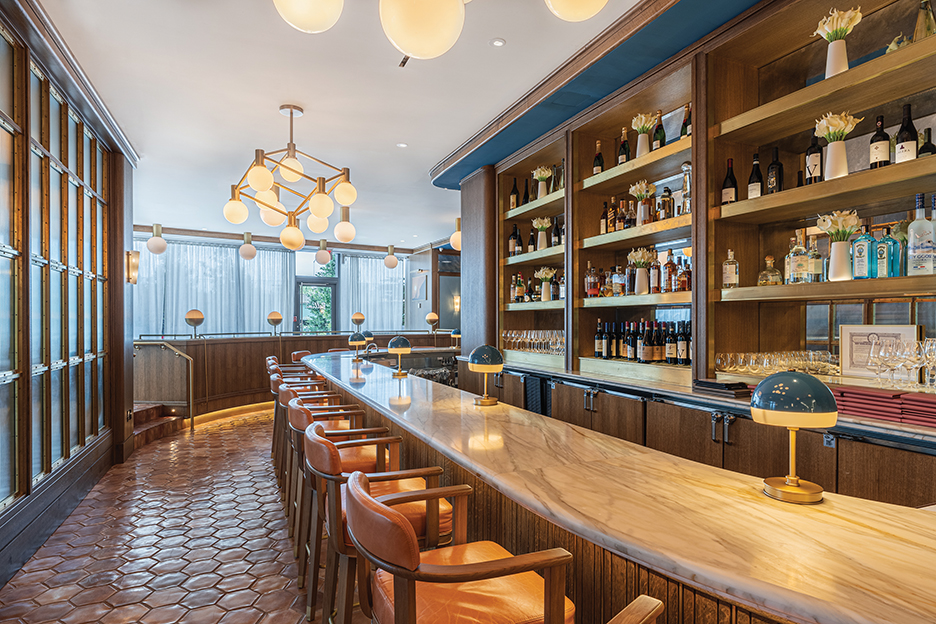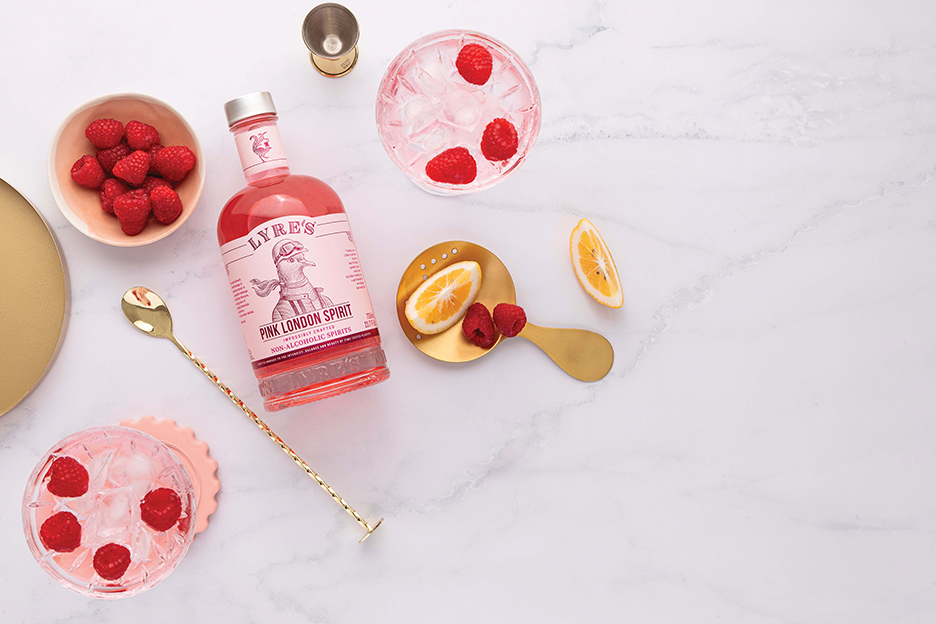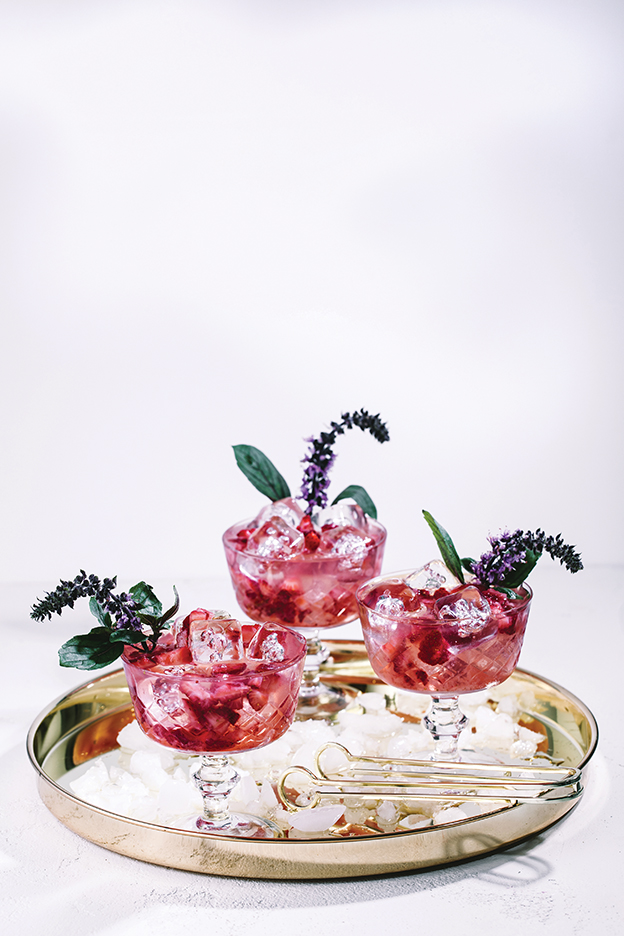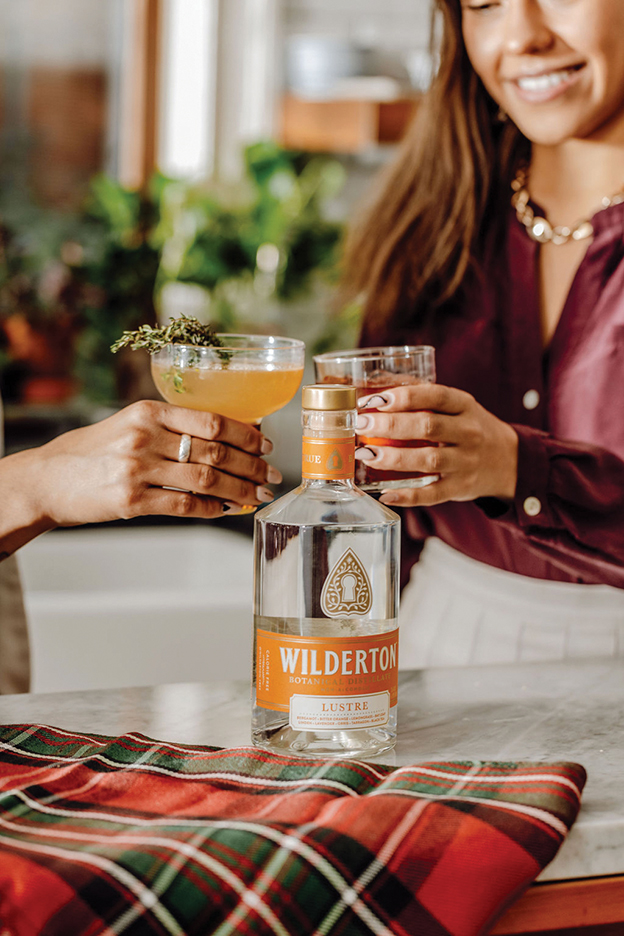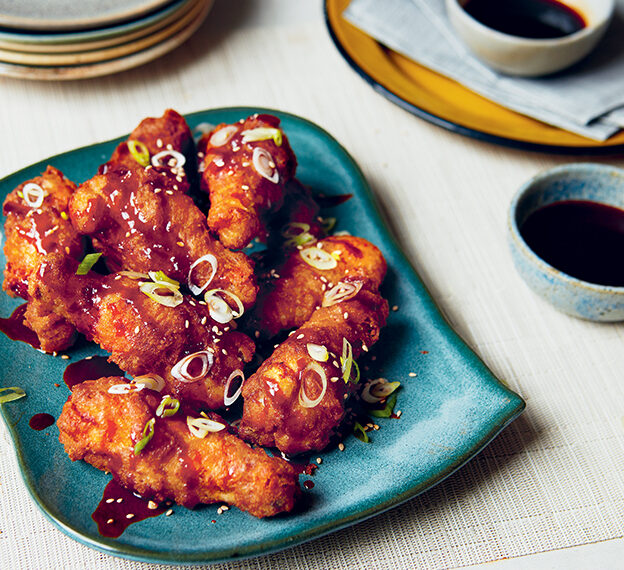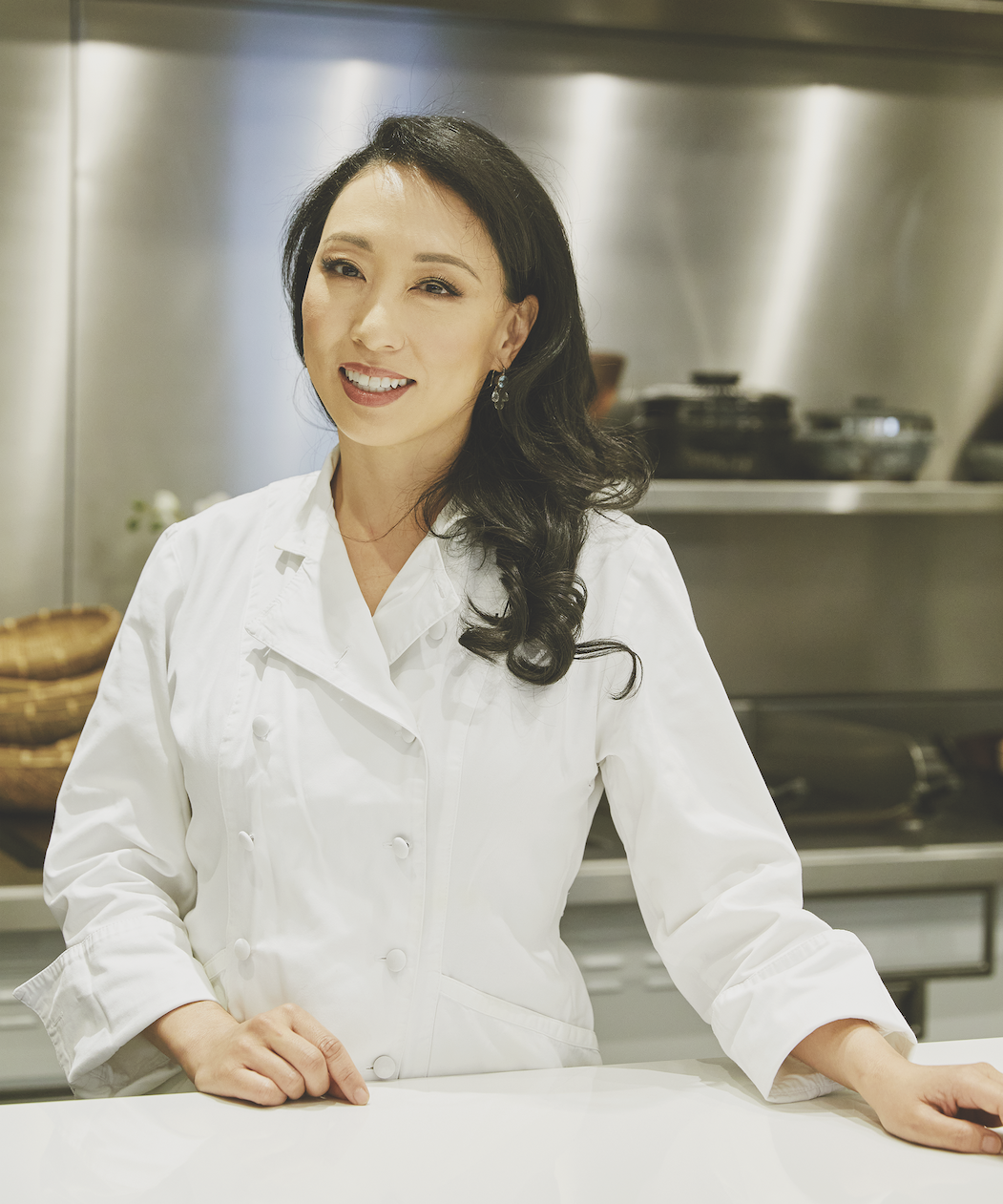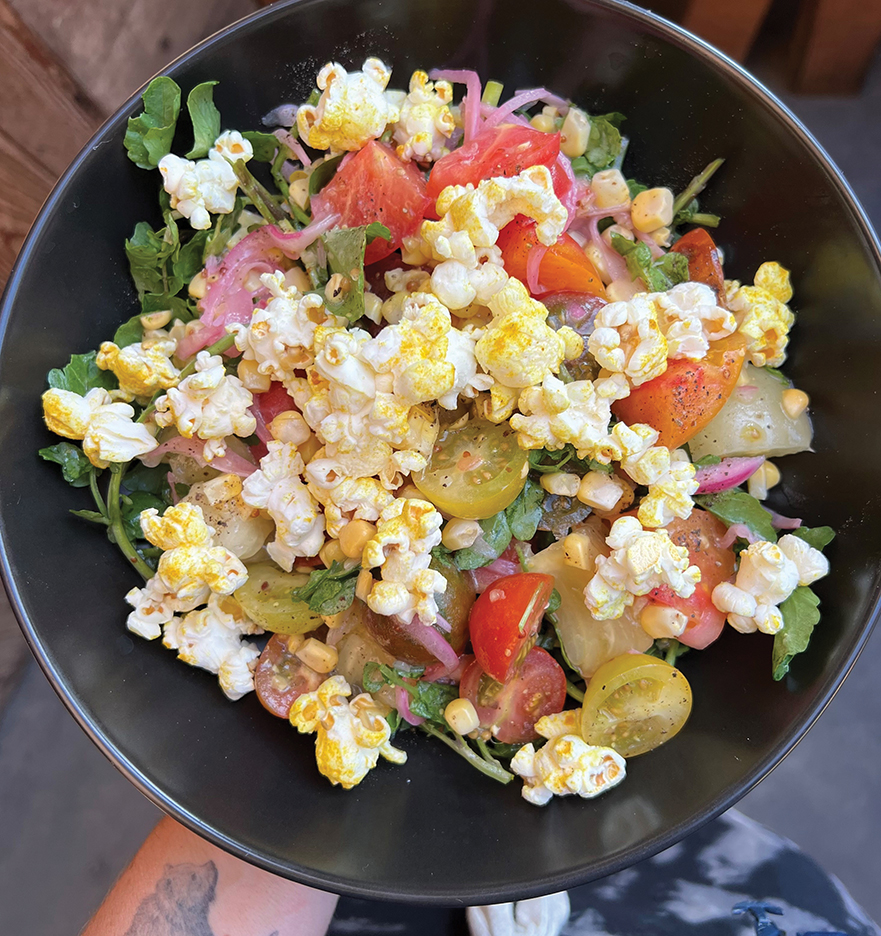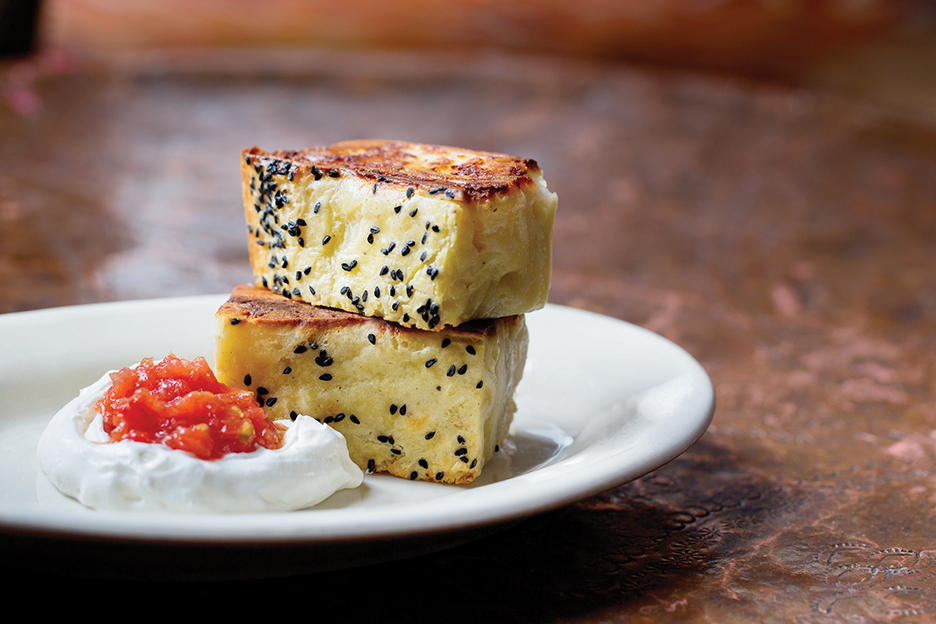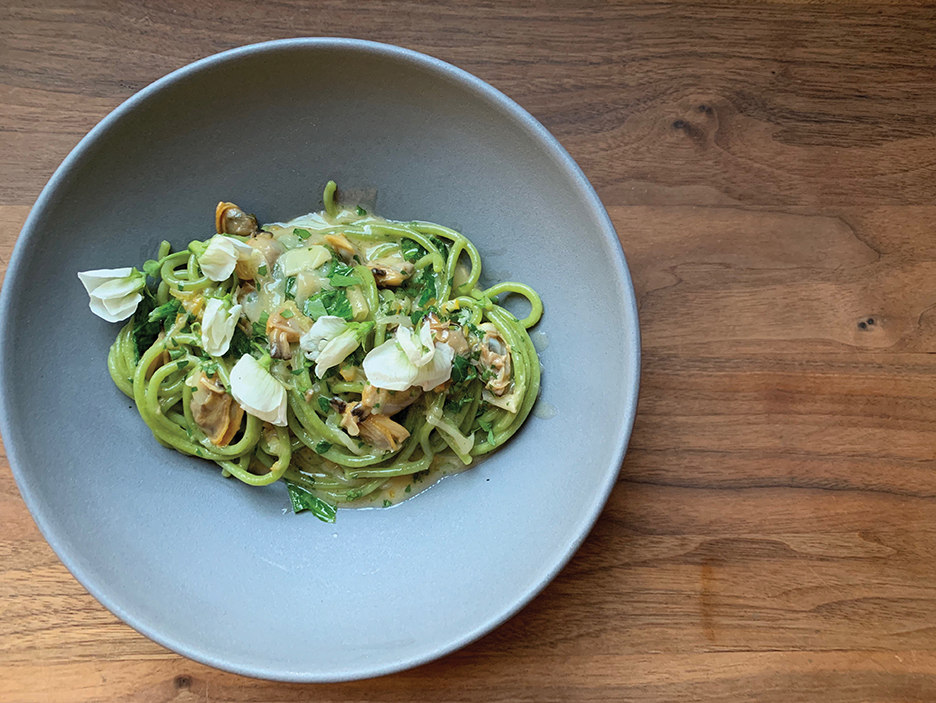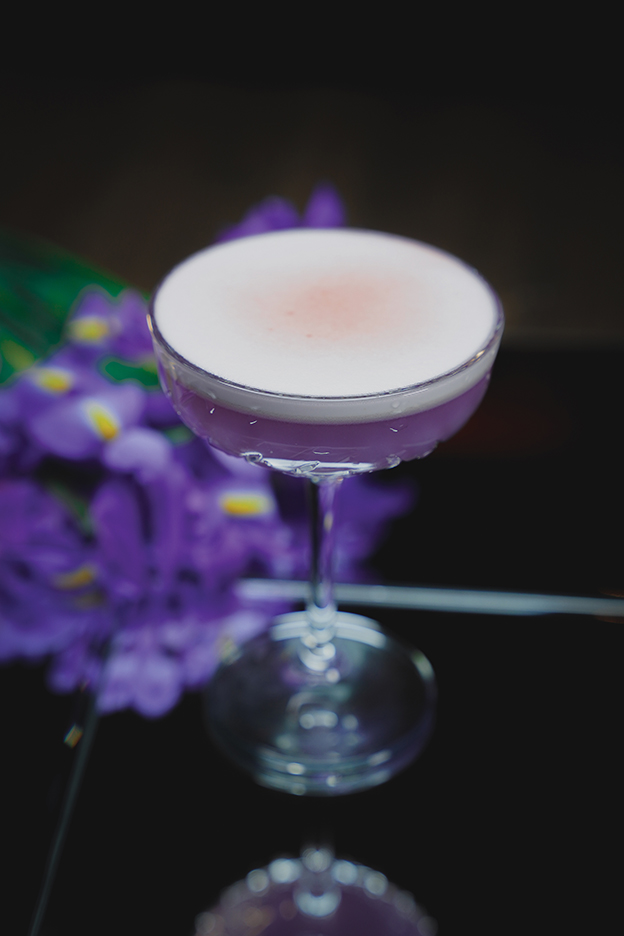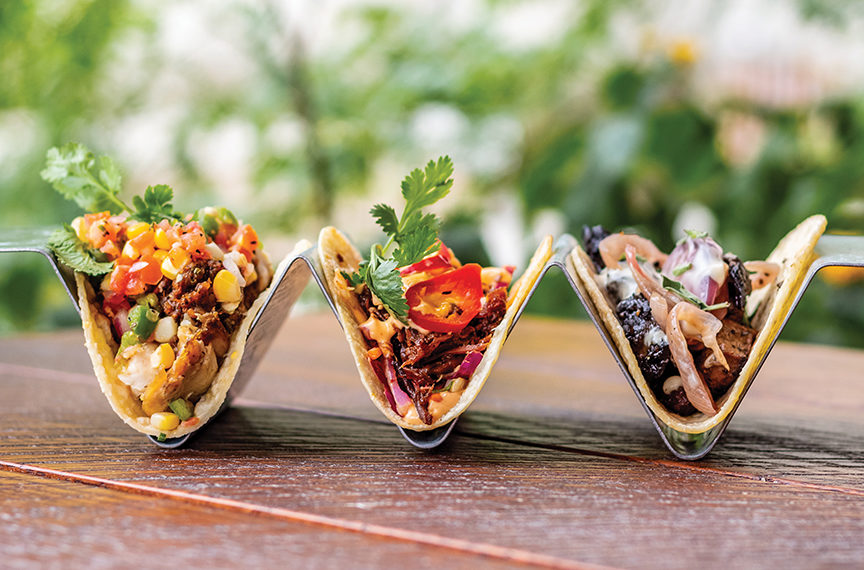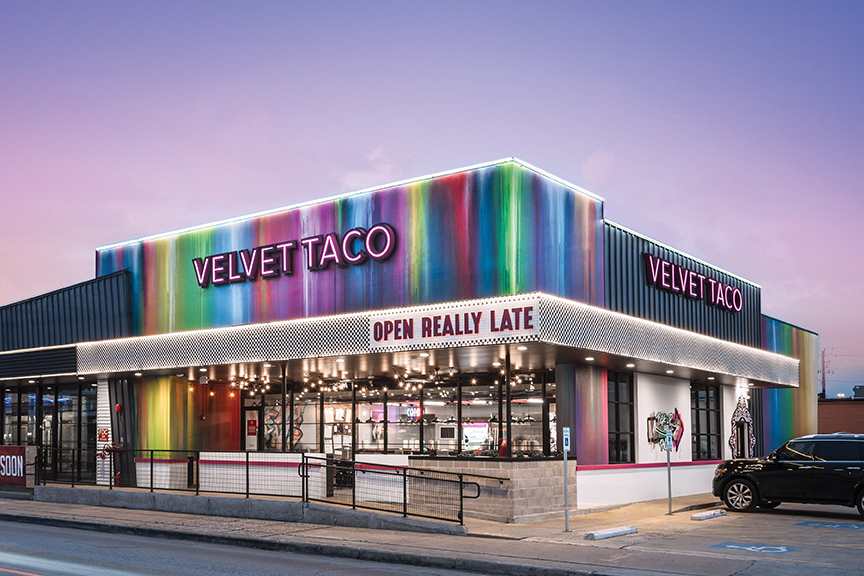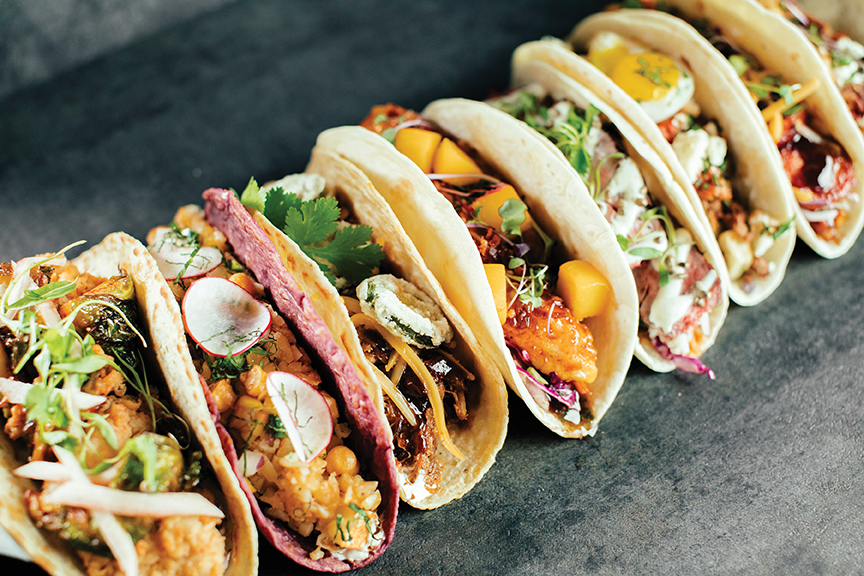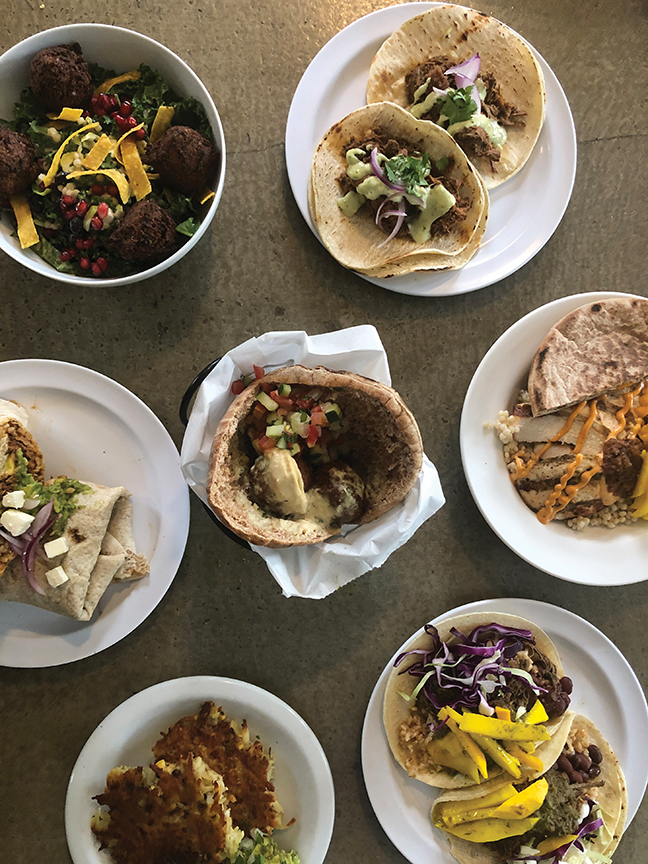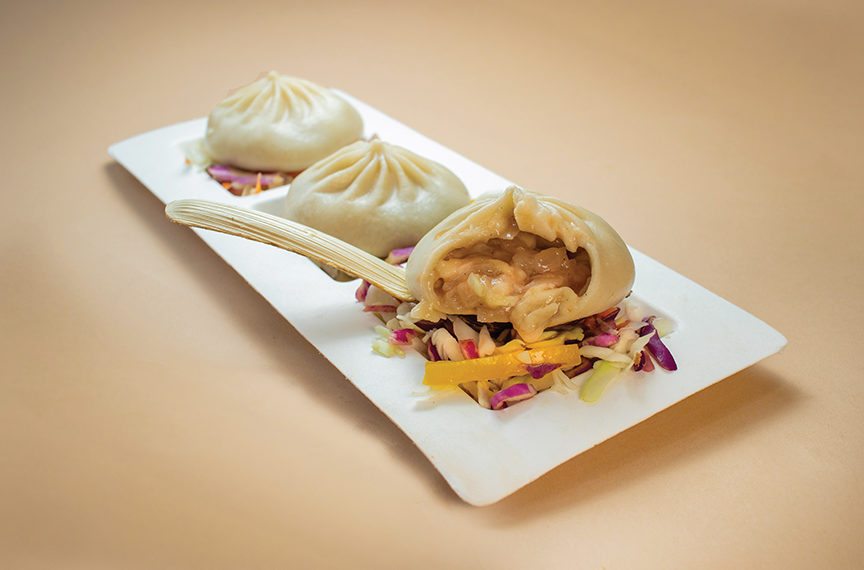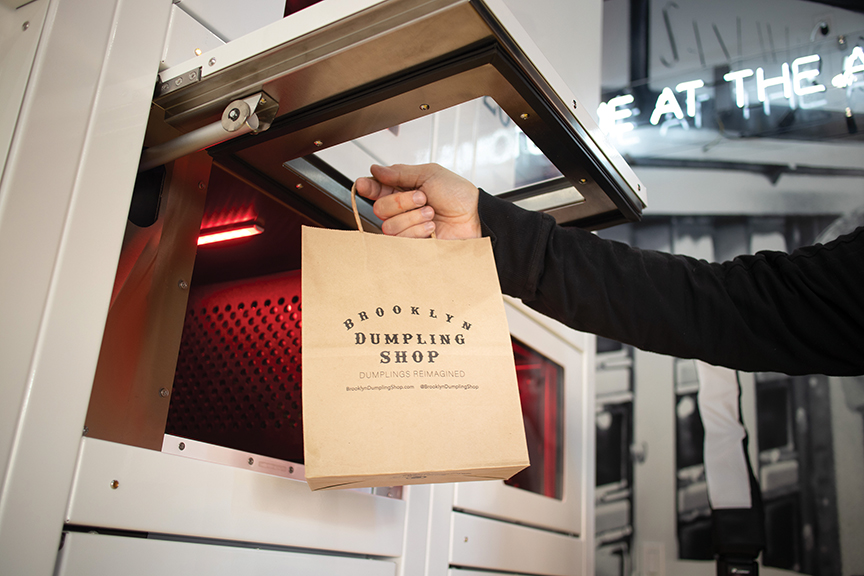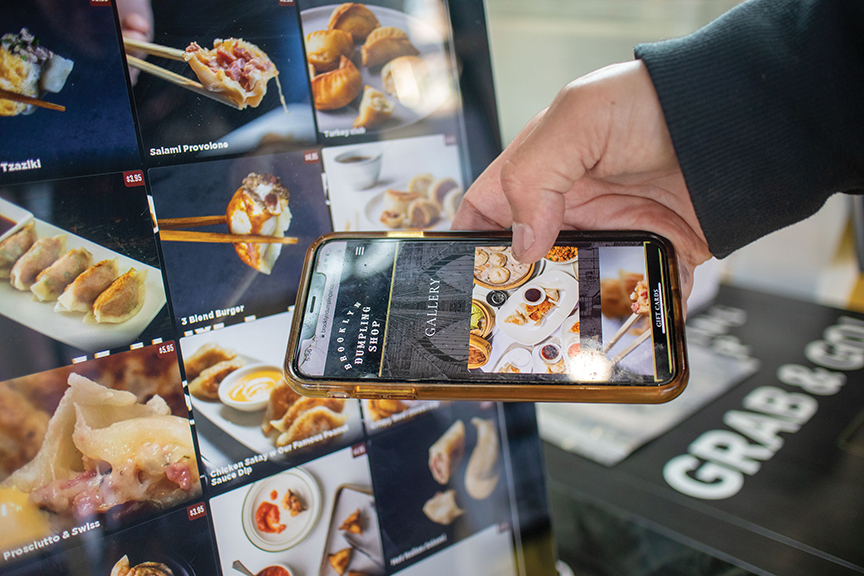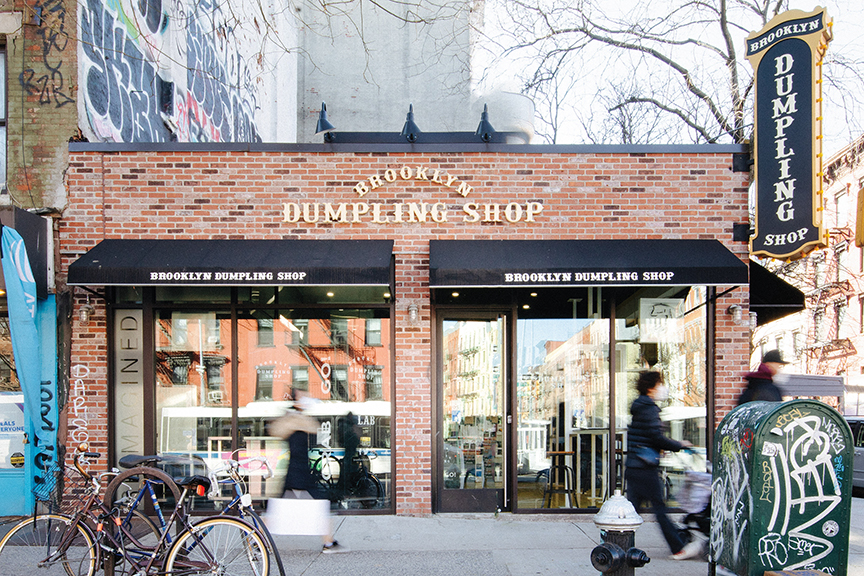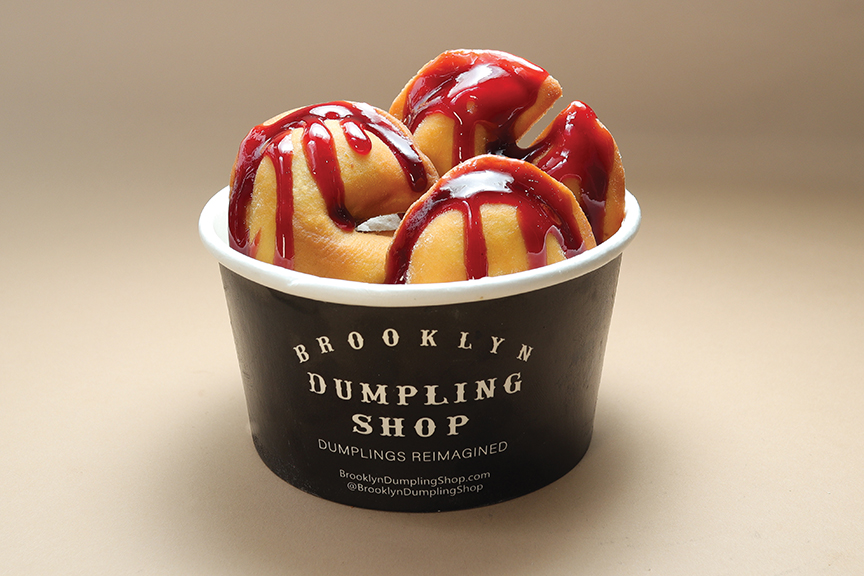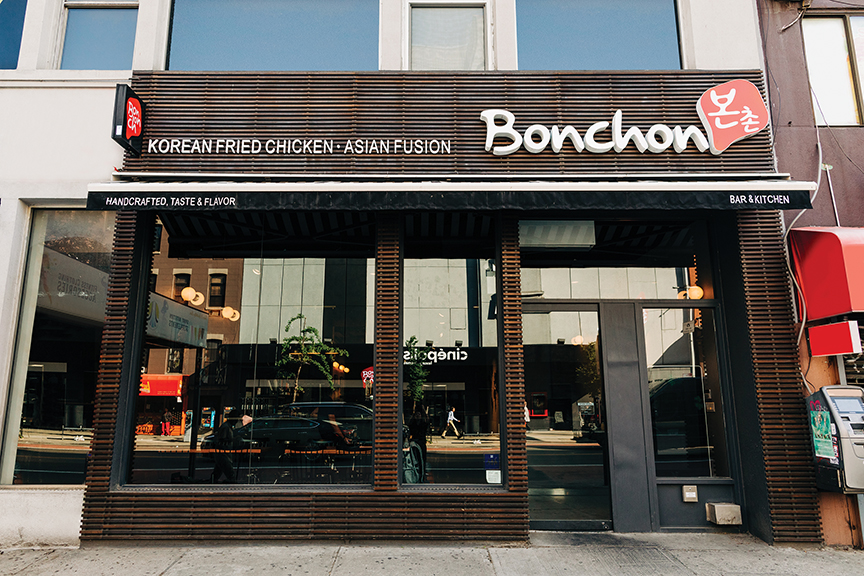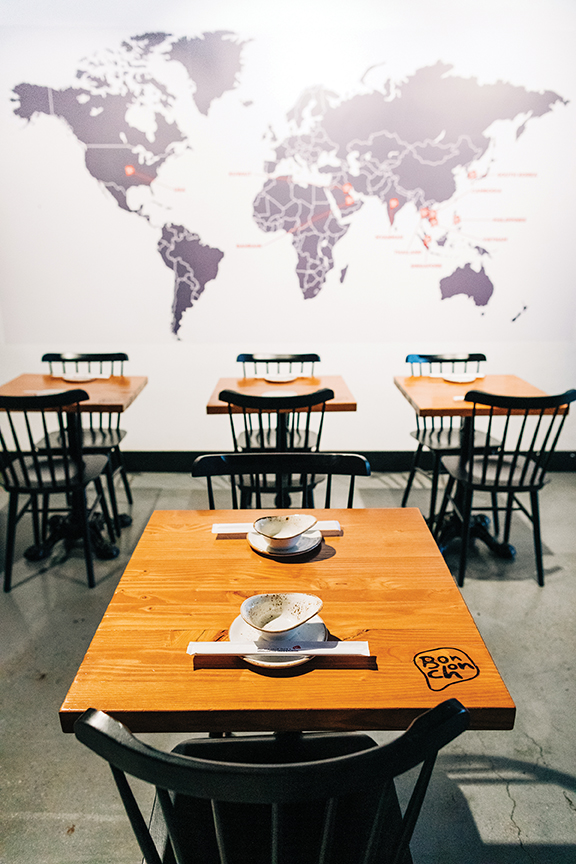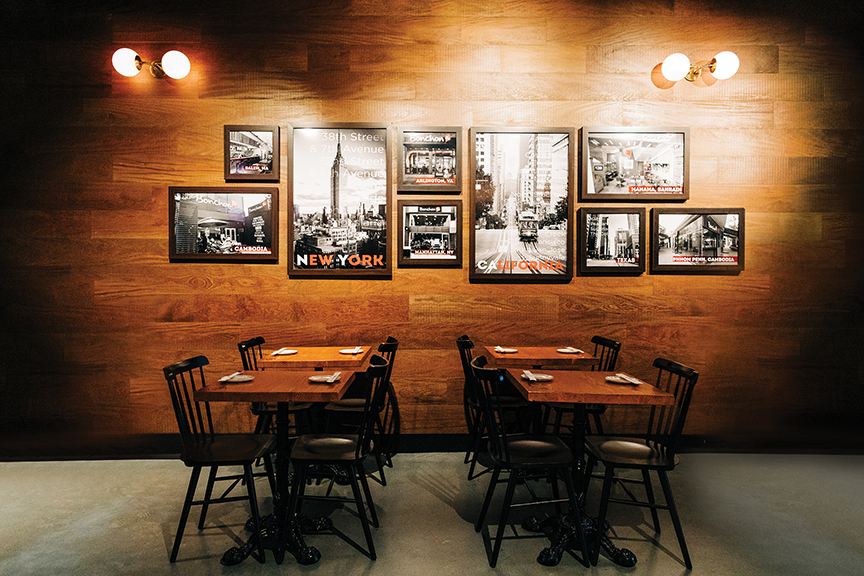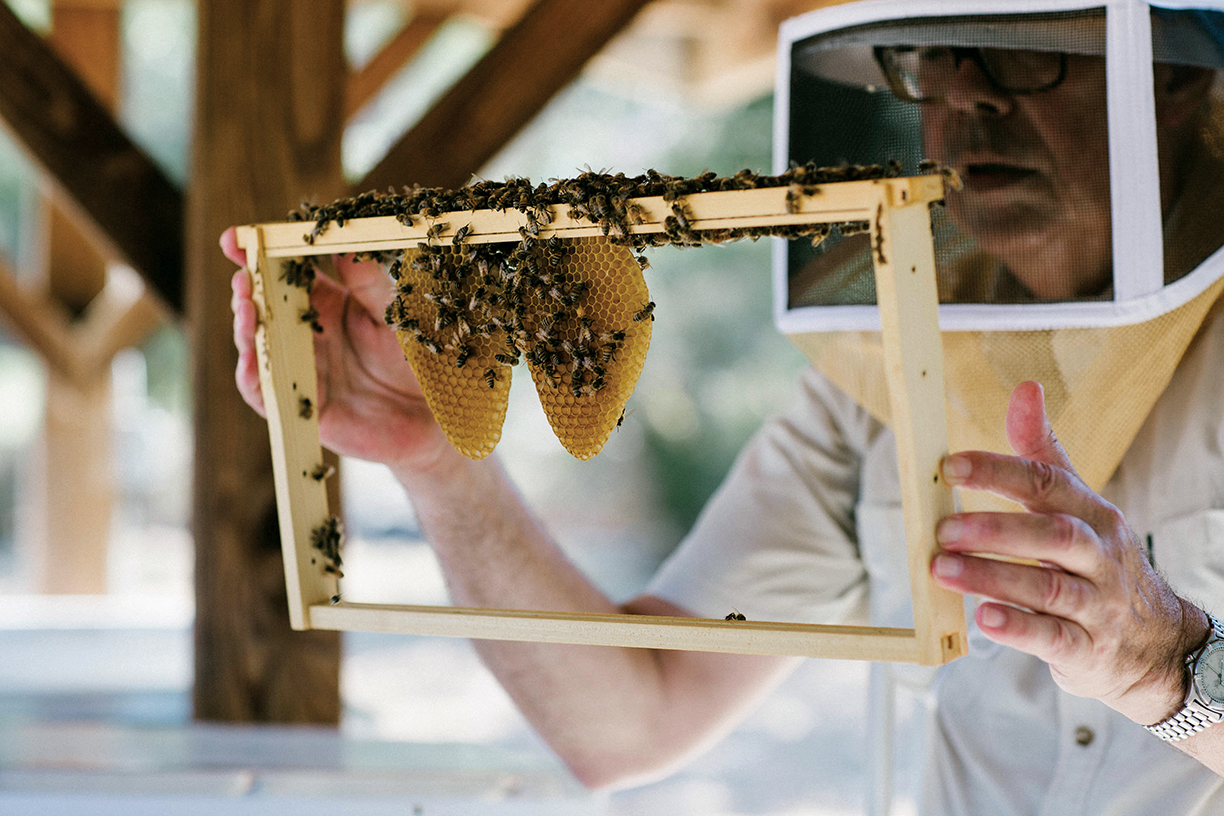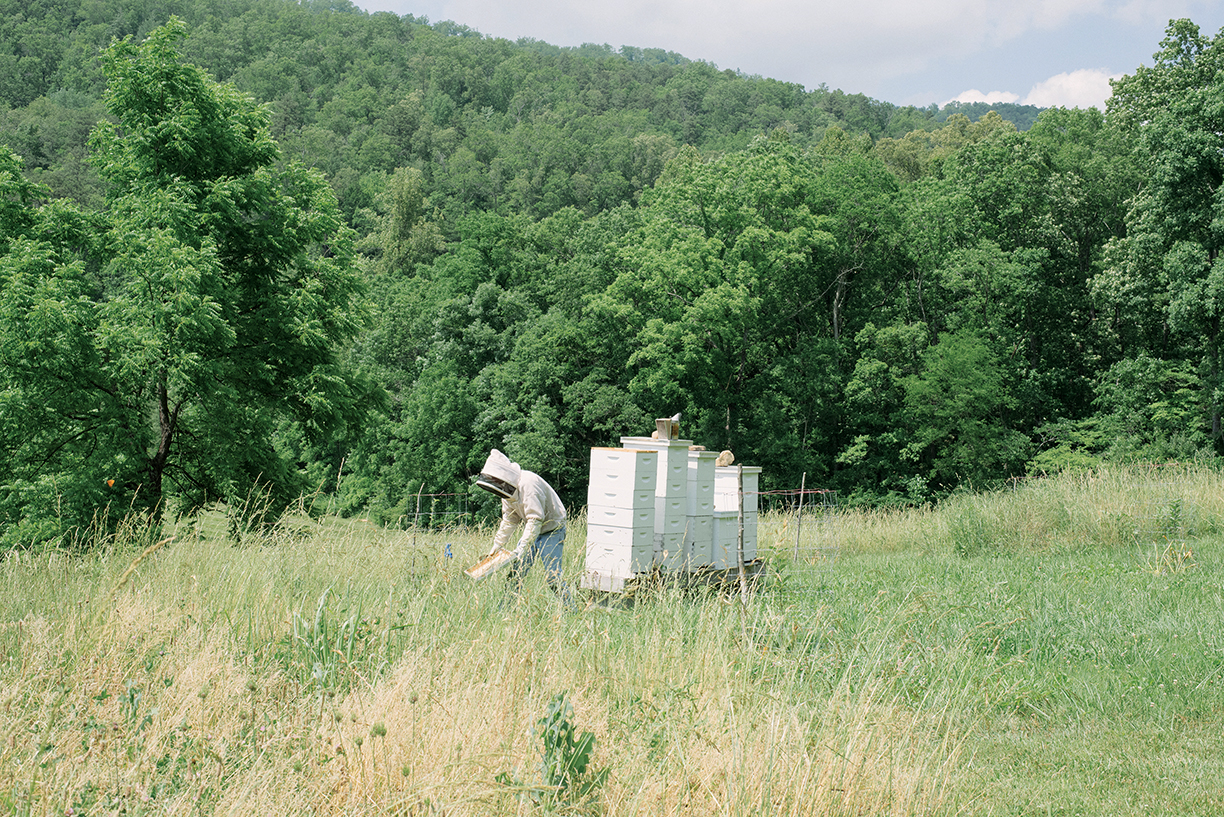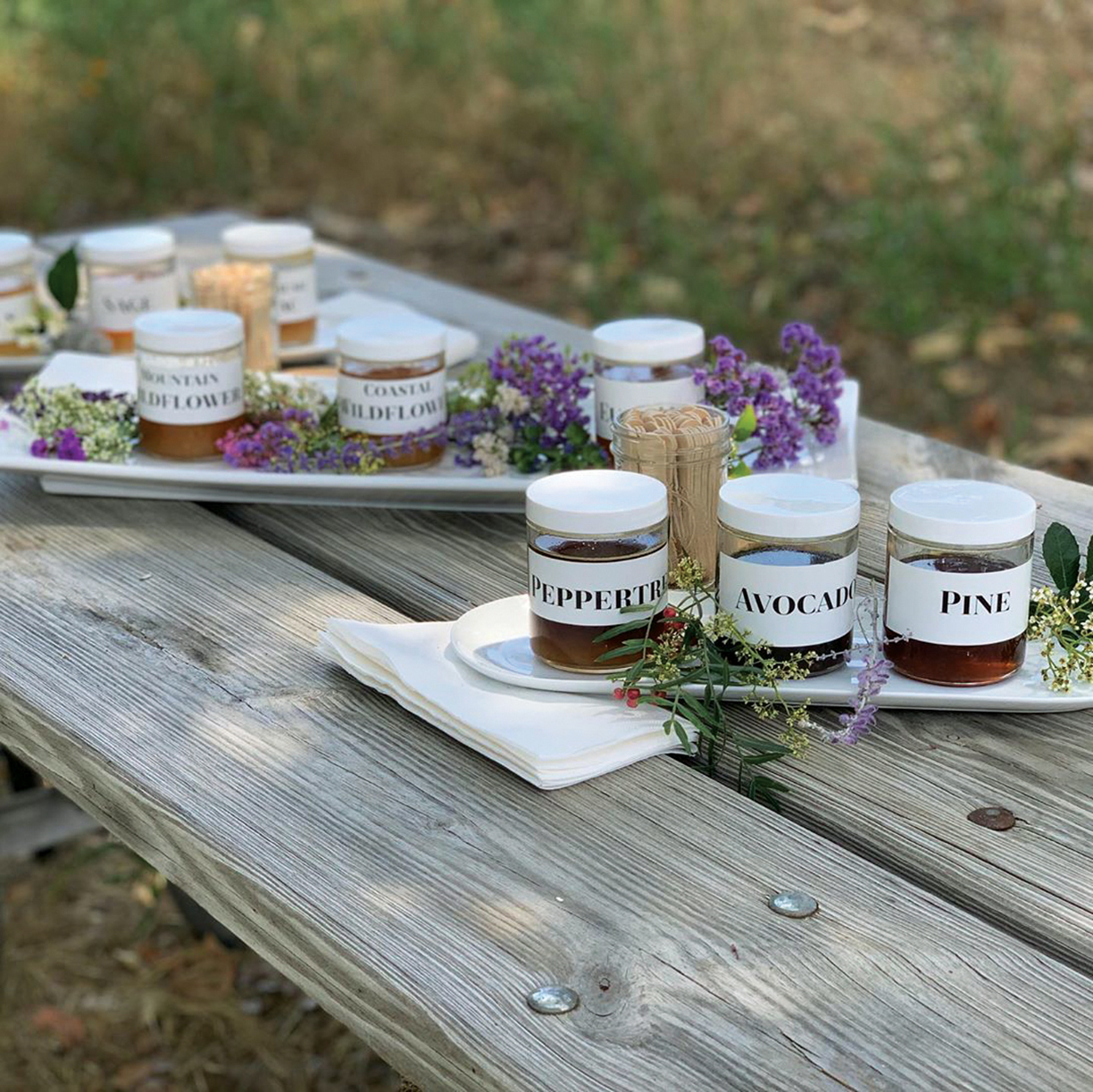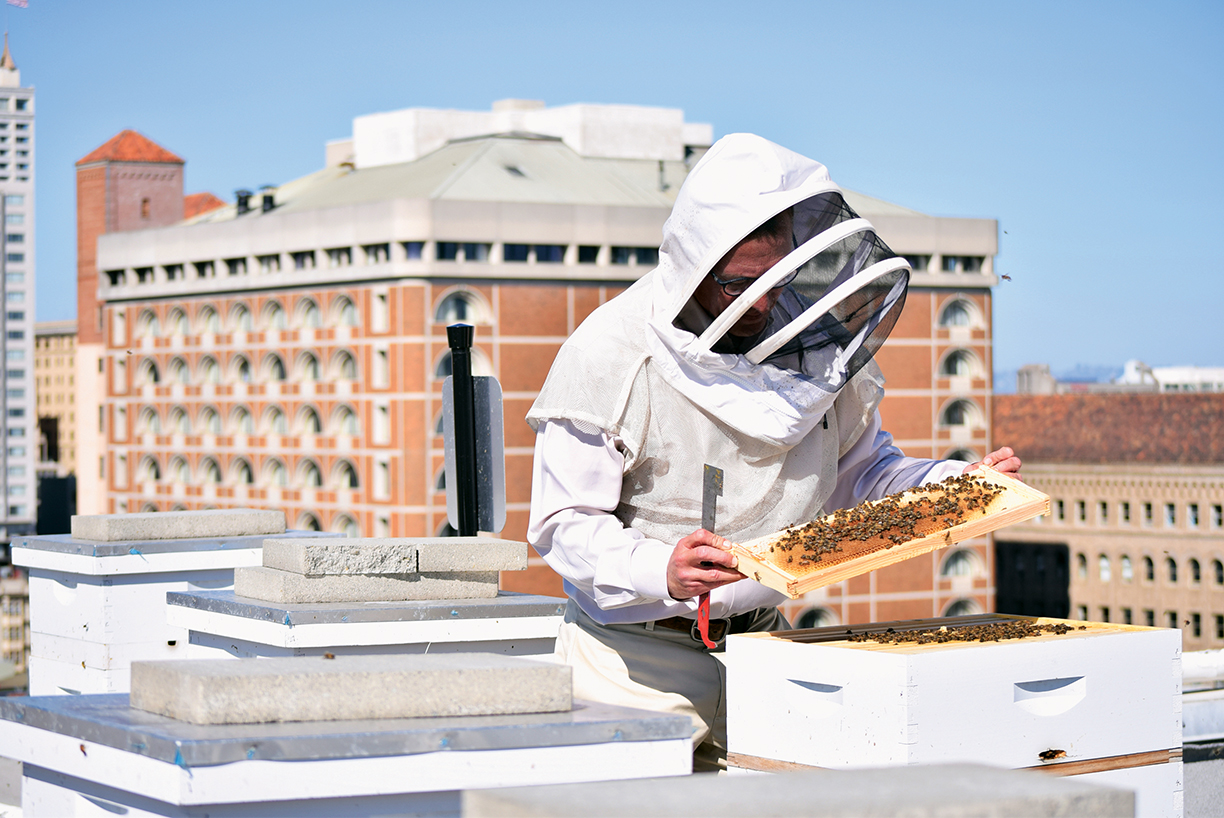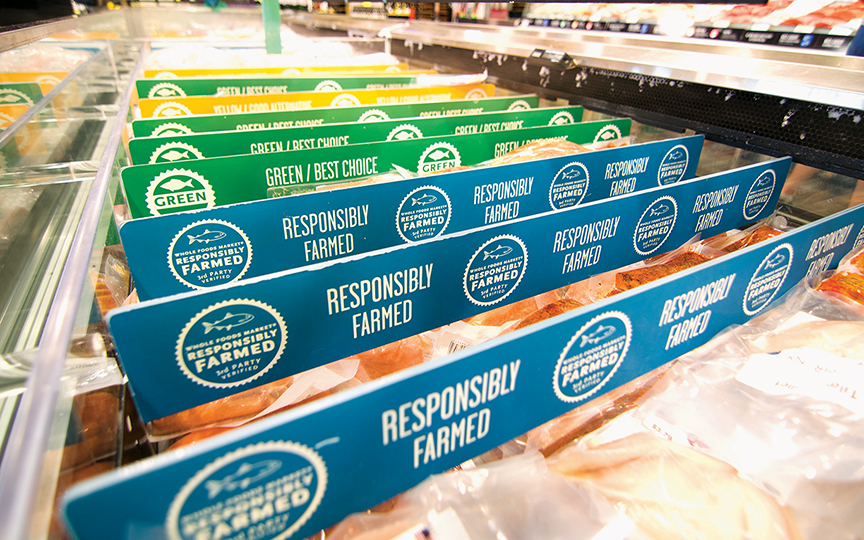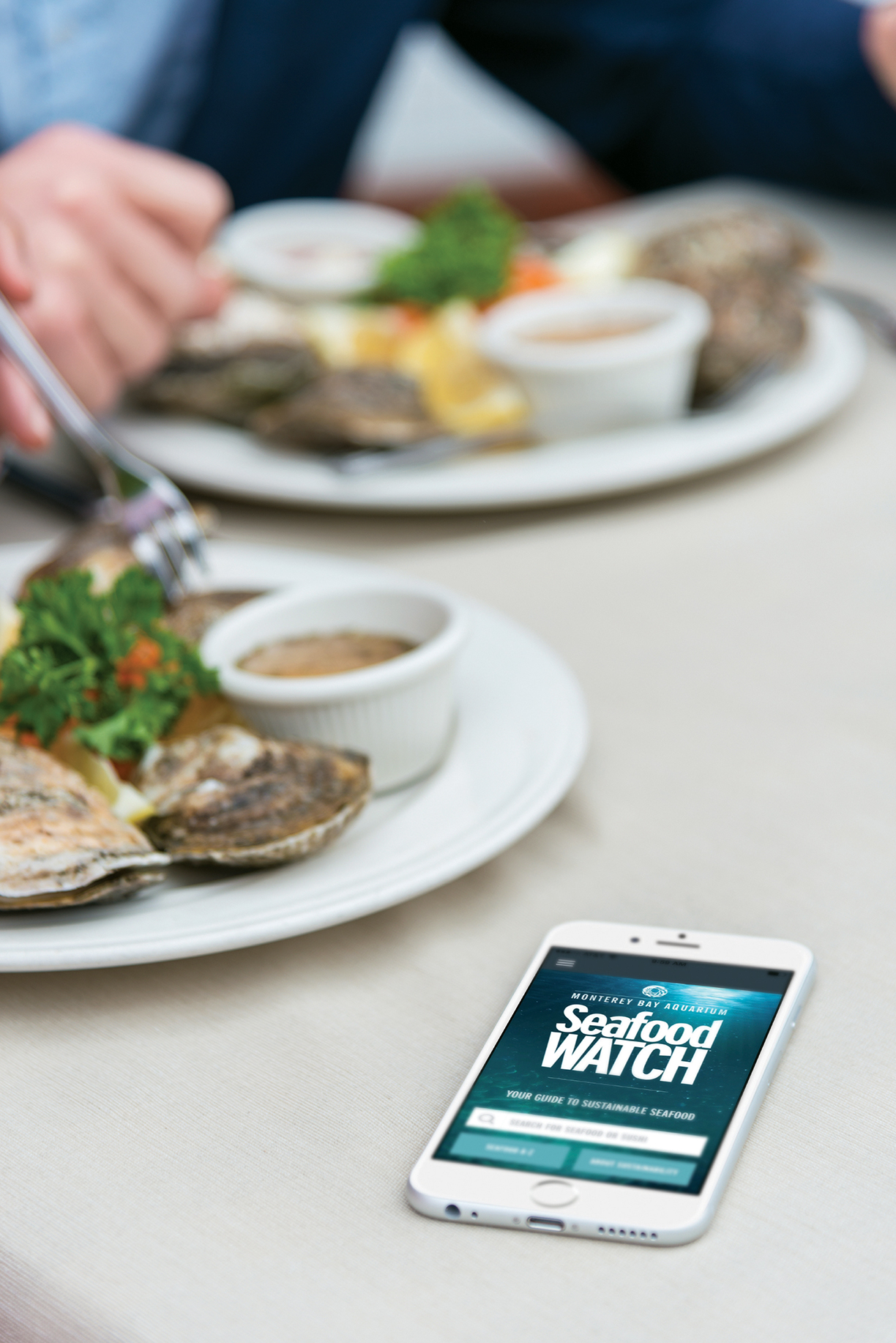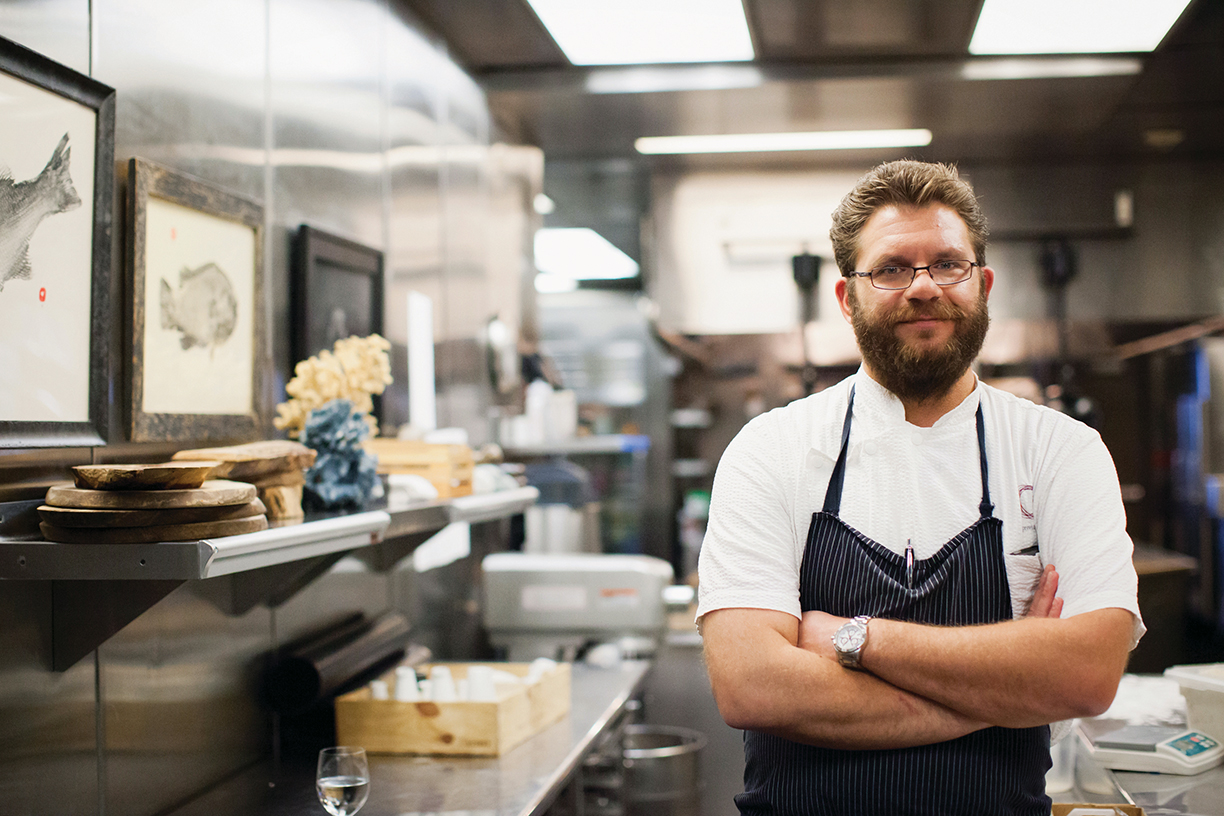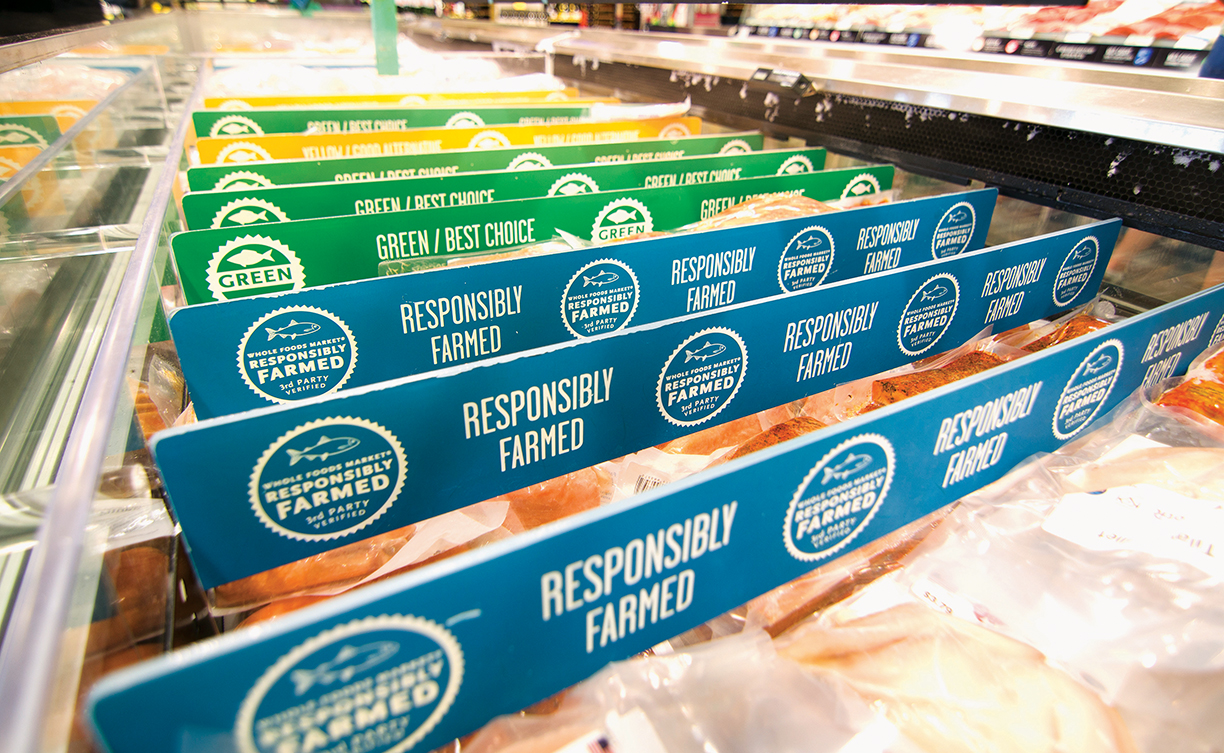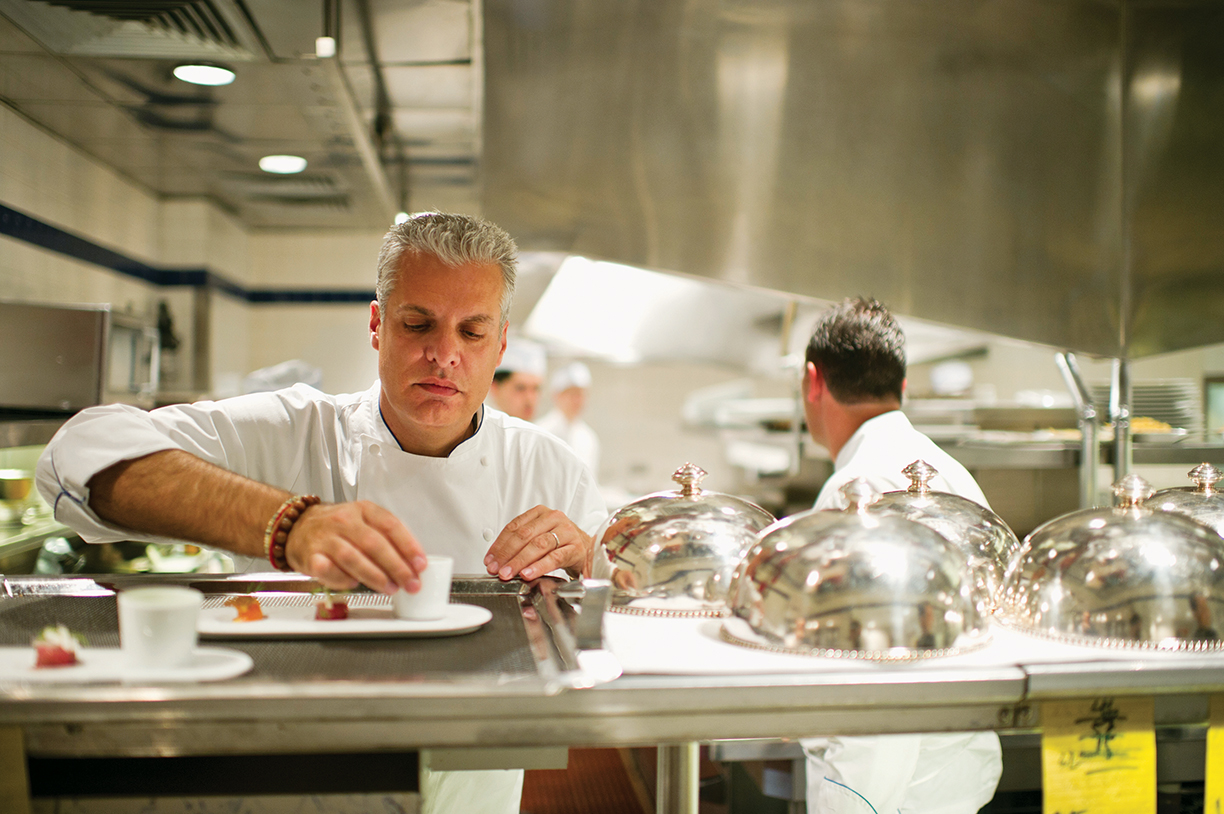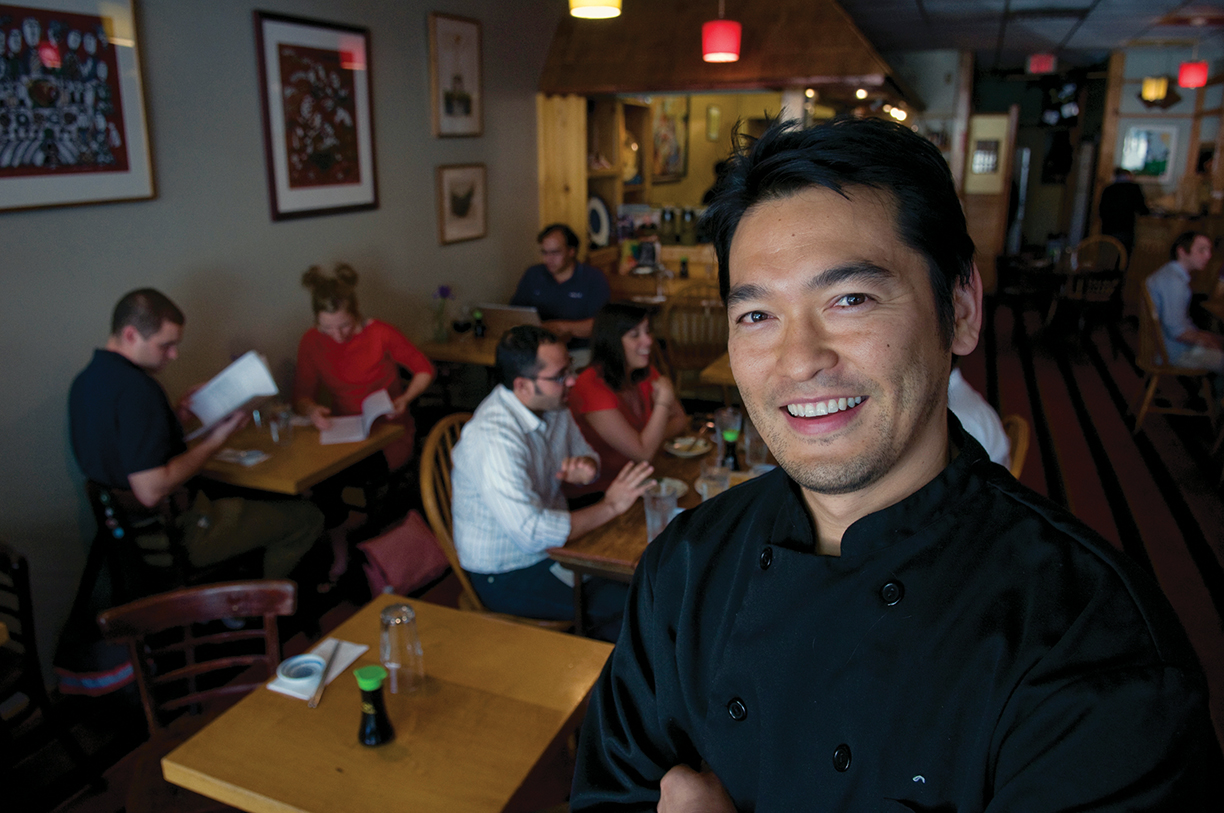Once lamented, even ridiculed, for its uninspired gastronomy, the culinary landscape in the British Isles has dramatically evolved.
The Brits have long been the butt of jokes about their inadequate cooking skills, despite their proximity to the renowned gastronomy of France, across the English Channel. The portrayal of the British being capable of turning out nothing more compelling than fish-and-chips or shepherd’s pie was never entirely fair. But with Michelin stars multiplying in London and popping up across the countryside, that stereotype is now history.
Susan Low, an American-born journalist now based in London, is a food writer and restaurant critic whose work has appeared in The Good Food Guide, The Independent, Time Out, and the BBC Food website. “Britain was the first country to industrialize, and the repercussions from that are still being felt,” says Low, who cites symptoms of intensive farming methods and ultra-processed foods. “Yet it must be remembered that Britain has always produced some very fine foods, from pasture-fed beef and lamb to great cheeses,” she says.
Low suggests two catalysts contributed to what we refer to as the British culinary renaissance: affordable international travel and the media. “In the 1990s, ordinary people began to travel abroad more as low-cost travel grew,” she says, suggesting regular visits to places like Tuscany and Provence exposed Brits to lifestyles centered around good eating. Regarding the media, Low says, “Restaurant criticism, wine writing, recipe columns, and food-centered travel journalism burgeoned, helping to fuel interest in eating out and cooking at home.” She adds, “Soon, competitive cooking programs took over the airwaves and ‘celebrity chefs’ became dinner party topics.”
Americans should recognize the renaissance occurring in British cooking, because it already happened here. Forty years ago, the U.S. was also viewed as a culinary desert, where steak-and-potatoes or overcooked fish constituted special occasion fare. It took a new generation of chefs — revolutionaries like Alice Waters, Jonathan Waxman and Jeremiah Tower — to shape what was first referred to as California Cuisine. That eventually morphed into New American cooking, showcasing local seasonal ingredients and an appreciation for classic French technique. Now world-class food is found not only in New York and San Francisco, but places like Cleveland and Portland as well.
In the 1980s, visitors may have adored London for its royal landmarks, sense of history and charming pubs, but serious diners quietly scoffed at the city’s culinary resources. Even Michel Roux, Jr., owner of the city’s venerable Le Gavroche (the first UK restaurant to earn a Michelin star), acknowledged that tourists would revel in the changing of the guards at Buckingham Palace, take in a show and then flee to more promising dining cities.
As London emerged as the world’s dominant financial capital in the 21st century — a status that has arguably been compromised by Brexit — the city began attracting more high-end chefs. As the prices of luxury real estate in the city surpassed Beverly Hills or Manhattan, so too did demand for sophisticated cuisine. It was this environment that created rock stars out of local chefs and propelled some to international celebrity status.
There are currently 74 Michelin-starred restaurants in London alone, which includes five kitchens attaining the ultimate honor of three stars. Local heavyweights Gordon Ramsay and Heston Blumenthal are household names far beyond the British Isles, while French icons Alain Ducasse and Hélène Darroze have jumped the Channel to earn a loyal following in a city once dismissed by haughty Parisians. Surprisingly, almost two- thirds of the 188 UK restaurants with at least one Michelin star are outside of London.
Anybody with a streaming service and a weakness for reality television has probably come across the BBC production of Great British Menu, which presents the creativity and technical proficiency of young chefs from throughout England, Scotland, Northern Ireland, and Wales. Culinary experts, even devoted Francophiles, now concede the gastronomic gap between Paris and New York has contracted, and the same can be said of the once-enormous disparity of culinary talent between Paris and London (despite their proximity). Furthermore, Dublin, Edinburgh and Manchester are experiencing their own dining renaissances, just as Philadelphia, Atlanta and Houston have.
The Lanesborough in London is a neoclassical luxury hotel sharing rarefied credentials with Le Bristol in Paris, Hotel du Cap-Eden-Roc on the Riviera and other palatial properties of the Oetker Collection. There, acclaimed British chef Shay Cooper offers a modern interpretation of British cuisine at The Lanesborough Grill, the new restaurant occupying one of the most elegant, art-laden dining rooms in the city. Cooper’s seasonal menu honors artisanal producers in updated presentations of iconic British classics such as beef Wellington.
“Our style of food is rooted in tradition, with familiar and comforting themes at heart, all the dishes carefully considered to give them appeal yet presented in an elegant and contemporary way,” says Cooper. Cooking at one of the city’s most prestigious hotels, surrounded by royal palaces, Cooper is conscious of balancing progressive cooking with the expectations of clients who appreciate a luxurious experience steeped in tradition. Lauding the abundance of world-class ingredients from throughout Great Britain, Cooper reports, “The Lanesborough Grill showcases all of this, such as Wye Valley asparagus, Lindisfarne oysters, Welsh lamb from the Rhug Estate, and incredible cheeses from Cornwall, Devon and Northern Ireland which change on a seasonal basis.”
At London’s Apricity, chef/owner Chantelle Nicholson is committed to local sourcing and sustainability, using only produce at the height of its season from small- scale farmers, along with foraged ingredients. Nicholson’s menus celebrate British vegetables, regeneratively ranched meats and sustainably caught seafood from across the British Isles. The wine list, championing English vineyards and winemakers, represents producers dedicated to biodiversity and natural production.
While the London dining scene naturally receives the most attention, the British culinary renaissance extends deep into the countryside, and the recently released 2023 Michelin Guide for Great Britain & Ireland revealed 20 new one-star and three new two-star establishments. Gwendal Poullennec, international director of the Michelin Guides, commented on the bushel of new stars: “In every region of Great Britain and Ireland, you can now find hugely talented chefs calling out to gourmets with their exquisite and accomplished cuisine.”
Retaining their stars in 2023 are a pair of restaurants outside Liverpool — Michelin two-star Moor Hall and neighboring one-star The Barn — that showcase modern British cuisine. Chef Mark Birchall, who celebrates the bounty of Britain, states, “Our inspiration comes from our natural setting — our garden, the farms we’re surrounded by and the artisans who produce everything, from our tableware to rearing the cows for our milk.” The chef adds, “Earlier in my career I thought it was all about expensive produce from overseas. I’m sure Sicilian tomatoes are the best, but maybe not after traveling 1,300 miles!”
Just as the American food revolution was partially driven by cultural diversity — newly discovered ingredients from ethnic markets in various Asian and Latino communities has transformed the cuisine in major cities — so too has immigration influenced British cuisine. Curry houses now outnumber fish-and-chip shops in London and, thanks to the nation’s large Indian community, chicken tikka masala (an anglicized creation) is now often regarded as the British national dish.
“It’s impossible to overestimate the positive contribution made by a more diverse food culture in Britain,” says food writer Susan Low. “In cities such as London, Bristol and Birmingham, the adventurous can enjoy cuisines from countries around the globe, and the cross-pollination of ideas, along with a growing respect for diversity, is a main driver of the current food scene.” As an example, Low cites London-based JKS Restaurants, operated by three siblings with South Asian heritage. “Their restaurants, such as Hoppers, Bao and Gymkhana, have done so much to promote and popularize a more diverse approach,” she reports.



